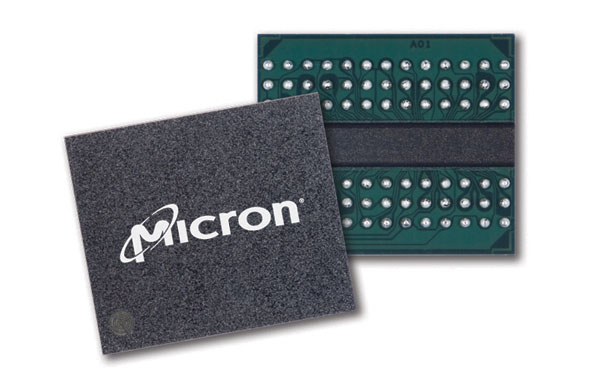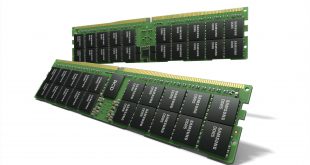Earlier this week, reports began circulating surrounding the existence of GDDR6 memory for future graphics cards. The news originated from news site, Fudzilla, which claimed to be in contact with sources familiar with the matter but it seems that right now, Micron is looking to squash any talk about GDDR6 and make its plans for 2016 perfectly clear.
While the original report claimed that we would see GDDR6 in 2016, Micron has sent out a statement to various press outlets (including KitGuru) to clarify that it will only be launching GDDR5X next year, which is currently tipped to be used on future Nvidia Pascal graphics cards and some of AMD's future GPUs as well, in addition to HBM 2.
“The new memory advancements coming from Micron in 2016 are going to be called GDDR5X, not GDDR6. GDDR5X and GDDR6 are not the same product and Micron has not announced any plans involving GDDR6.”
The memory maker also went on to say that while GDDR5X is coming, it is not intended to be a competitor to HBM: “GDDR5X is intended to provide significant performance improvements to designs that are currently using GDDR5, therefore giving system designers the option of delivering enhanced performance without dramatically altering current architectures”.
That last part makes a lot of sense, particularly since we have been hearing rumours that HBM 2 will be reserved for future high-end graphics cards, like the next Fury or Titan, while GDDR5X will be used to provide a boost on lower-tier cards, that would have been designed for GDDR5 anyway.
You can find our initial story on GDDR6, HERE.
KitGuru Says: Micron was quick to comment on these rumours, so it looks like we will only be seeing GDDR5X next year alongside HBM 2 GPUs.
 KitGuru KitGuru.net – Tech News | Hardware News | Hardware Reviews | IOS | Mobile | Gaming | Graphics Cards
KitGuru KitGuru.net – Tech News | Hardware News | Hardware Reviews | IOS | Mobile | Gaming | Graphics Cards



